A Rusted Green Bottle That Started A Fire

A rusted out green propane bottle we found recently reminded me why we started Ignik Outdoors. We were bushwhacking Naked Island in Prince William Sound, Alaska—the island was Naked, not the bushwhackers—when we found that rust bomb. After crossing a bog, we burst through some Devil’s Club and on to the beach. And there it was. Reminding me that, no matter how far you venture, those little green bottles follow you. How many of us have them, in the garage, in the bilge, in the back of the truck, rusting slowly, waiting for someone to figure out what to do with them. What are we supposed to do with them anyway?

Turns out you can’t recycle them, and a few blow up every year when people try to slip them in with their aluminum cans. They destroy the machinery and scare the bejesus out of the sorters. A few of the national parks have expensive custom facilities for draining the propane out, punching holes in the tanks, and recycling the metal for scrap. And a very few awesome retailers (like Gearheads in Moab, you guys rock!) have the courage and the training to tackle this for their customers. But most campgrounds and retailers don’t, so most little green bottles end up in landfills.
Still, I’ve always been nervous about tossing them in the garbage because how can you tell when they’re empty? Even when they (maddeningly) run out of propane mid-pancake feast, apparently there’s still some fuel left in them. Or, say you can tell there’s a bit of propane left after a weekend on the coast, but you don’t want to haul it, along with your backup bottles, the next weekend to the Cascades. In other words: this is why we have a collection of maybe- semi- half-empty green bottles in our basement sitting around, rusting, leaking propane, waiting for someone to figure this out.
 We did some research, and some 50 or 60 million disposable (but extremely hard to dispose of) propane bottles are sold every year in the United States. I doubt anyone knows how many are sold worldwide, although Coleman might be able to make a pretty good guess. China uses an alarming number of them, and most countries have some form of the ubiquitous single-use green bottle. I have seen them in my wanderings all over the world, from the Arctic, where I have seen them used for heat in whaling camps, to beaches in the South Pacific, where they wash up on shore. These little green cans are everywhere, and, until recently, no one has known what to do about them.
We did some research, and some 50 or 60 million disposable (but extremely hard to dispose of) propane bottles are sold every year in the United States. I doubt anyone knows how many are sold worldwide, although Coleman might be able to make a pretty good guess. China uses an alarming number of them, and most countries have some form of the ubiquitous single-use green bottle. I have seen them in my wanderings all over the world, from the Arctic, where I have seen them used for heat in whaling camps, to beaches in the South Pacific, where they wash up on shore. These little green cans are everywhere, and, until recently, no one has known what to do about them.
 [Photo Caption: A friend on the Oregon Coast texted me this the other day. They have them on the beaches there, too. Thanks, Stuart, hope you figured out how to dispose of it properly!]
[Photo Caption: A friend on the Oregon Coast texted me this the other day. They have them on the beaches there, too. Thanks, Stuart, hope you figured out how to dispose of it properly!]
So, in the summer of 2018, my family went on an epic adventure. We were lucky enough to spend months above the Arctic Circle on our sailboat in some of the wildest places on the planet. These seascapes and landscapes were awe-inspiring, but degradation was happening before our eyes. The ice was melting, refreezing, drifting, shifting; the weather was getting stormier, foggier, warmer, weirder; and everywhere there were signs of humans: plastic water bottles, spent hand warmers, and those damned green propane bottles. People—good people, people who cared deeply for the place as we did—were messing it up. Scientists, whalers, sailors, bushwhackers (naked or otherwise)—we are all a part of the problem.

If you have ever had one of those John Muir, watershed moments, you will know the feeling we had. Where you say, “Someone has to do something about this problem. And that someone is me.” Up until then, I had made my living in the outdoor industry, making meal kits, sporks, knives, matches, and other products for wilderness wanderers. And when we saw those rusted out green bottles on beaches in the Arctic—while we had durable, refillable propane tanks right there aboard our sailboat—we knew that people needed better options. And I knew better products could be built. It was time to get busy making products with purpose.

That is how we decided to start Ignik. We began with the Gas Growler, figuring a padded, insulated tank made more sense for our own uses—heating the boat in winter, barbequing salmon on a beach, schlepping to a tent-only campsite, or sleeping in the back of a Toyota pick-up at the local ski hill. Gradually, we tackled improvements on hand warmers so that they could be sealed and reused the next day, and emptied into the compost after they were spent. And we found technologies, like our Radiant Carbon Stranded heating systems, that allow more people to be outside longer, and make use of sustainable energy sources.

Where we can, we use sustainable materials, but we still have a long way to go—both as an industry and with our own products. We remain committed to doing better, making products that do their job for a long time, and that have end-of-life strategies that reduce our collective footprint on the planet. And we donate a percentage of our sales, whether we make profit or not, to give back to the fight against climate change in the Arctic. For more on what Ignik does, and what you can do to help, click here.
An early collection from Alaskan beaches.
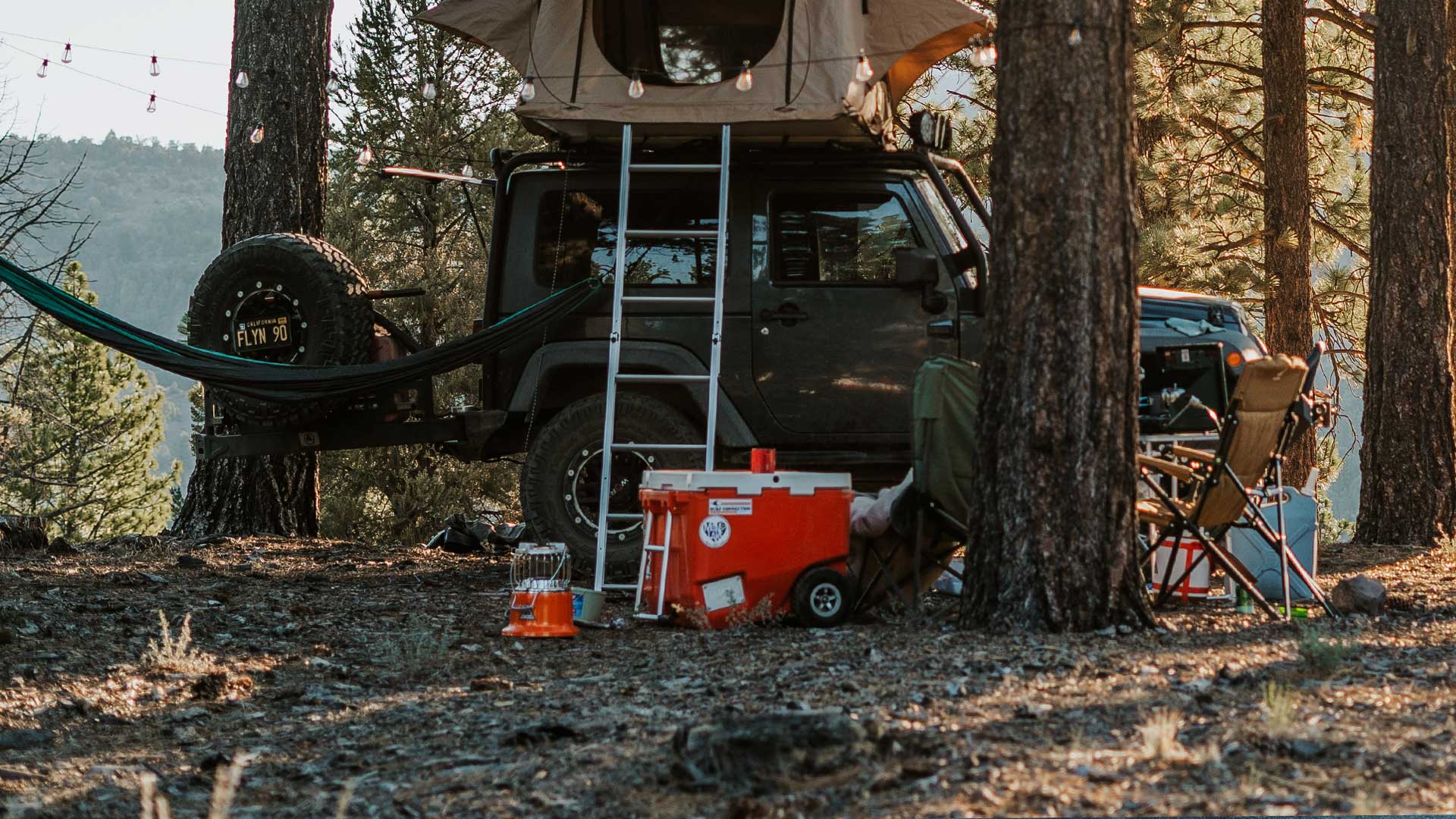
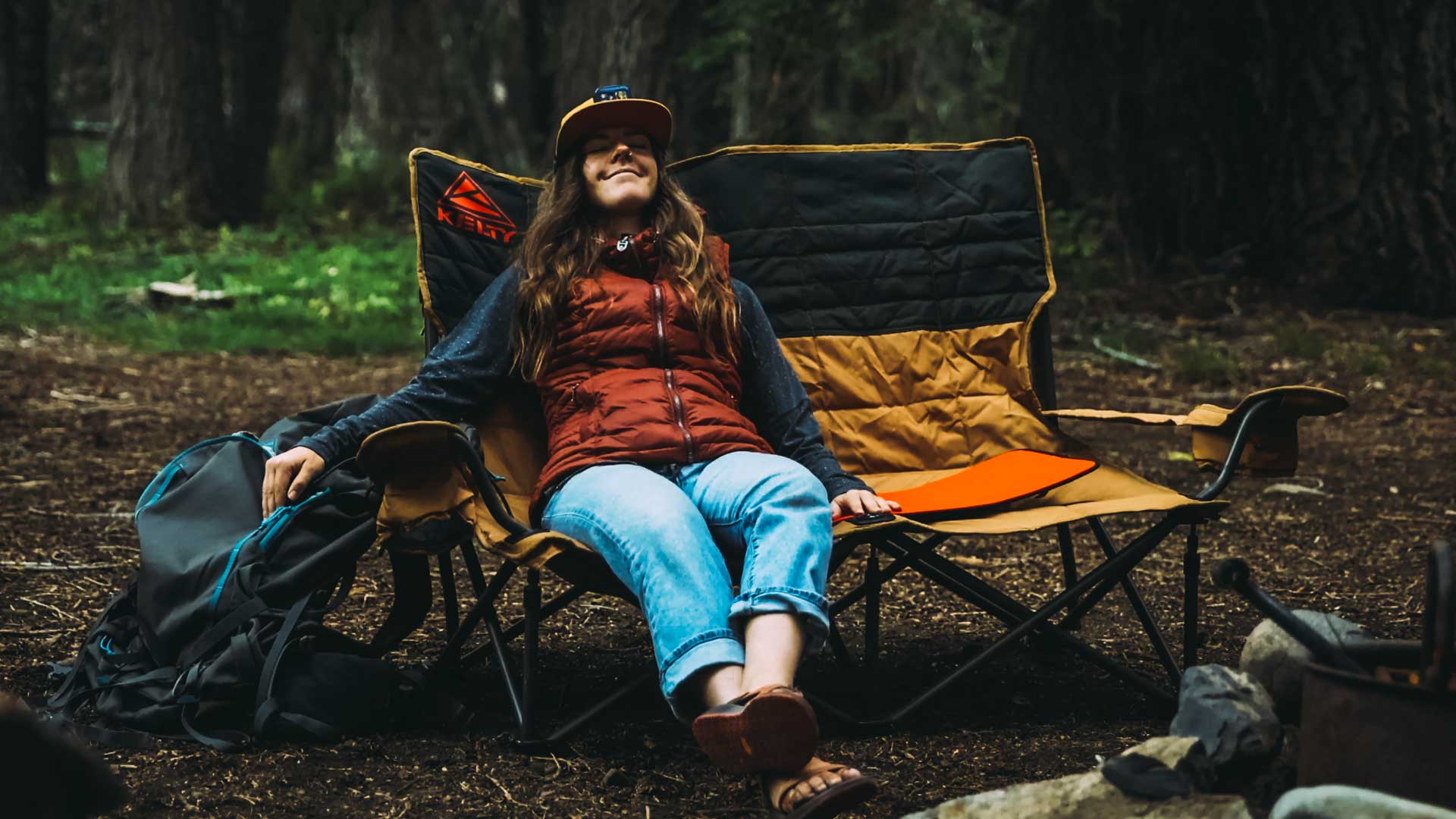
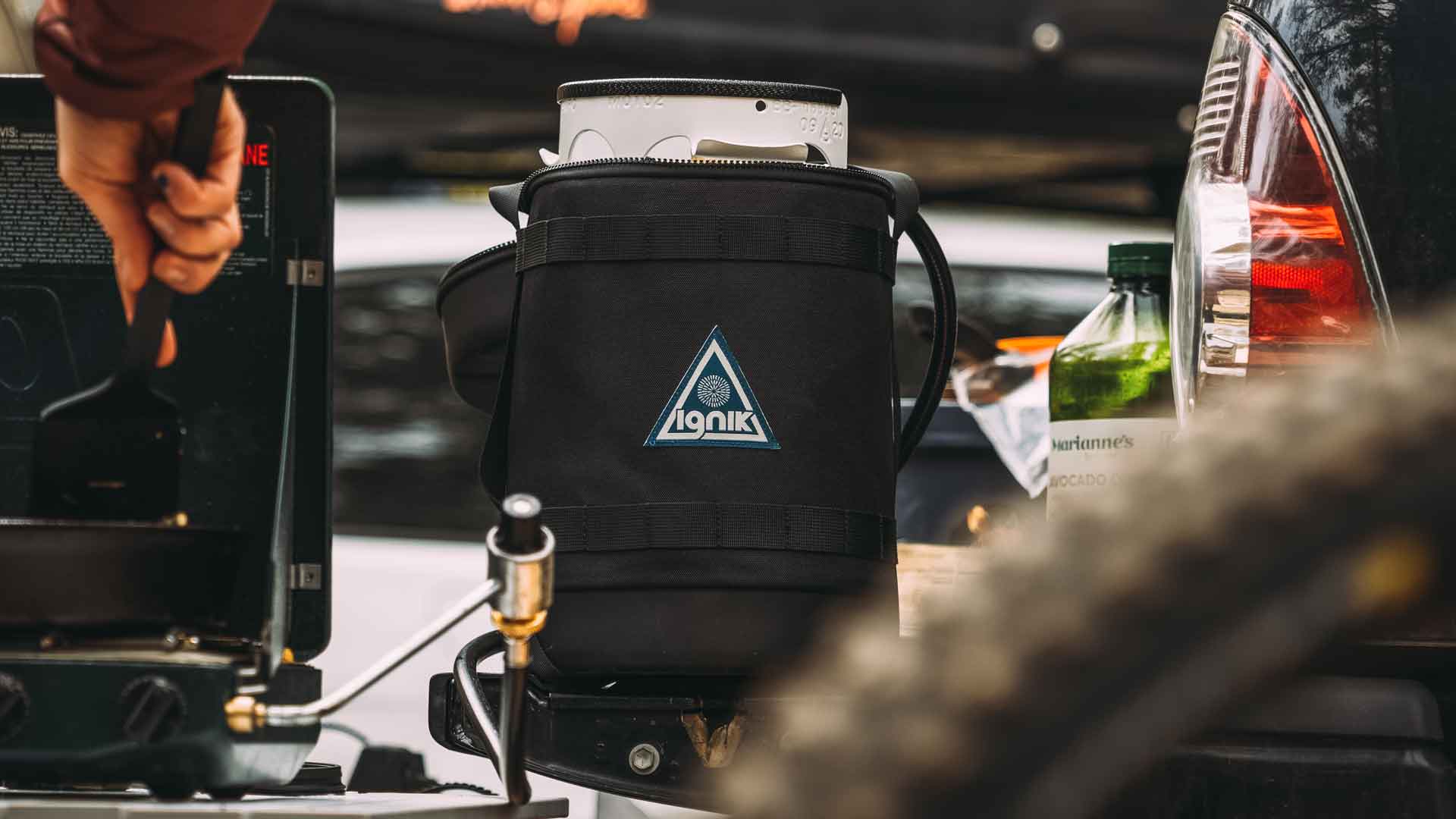
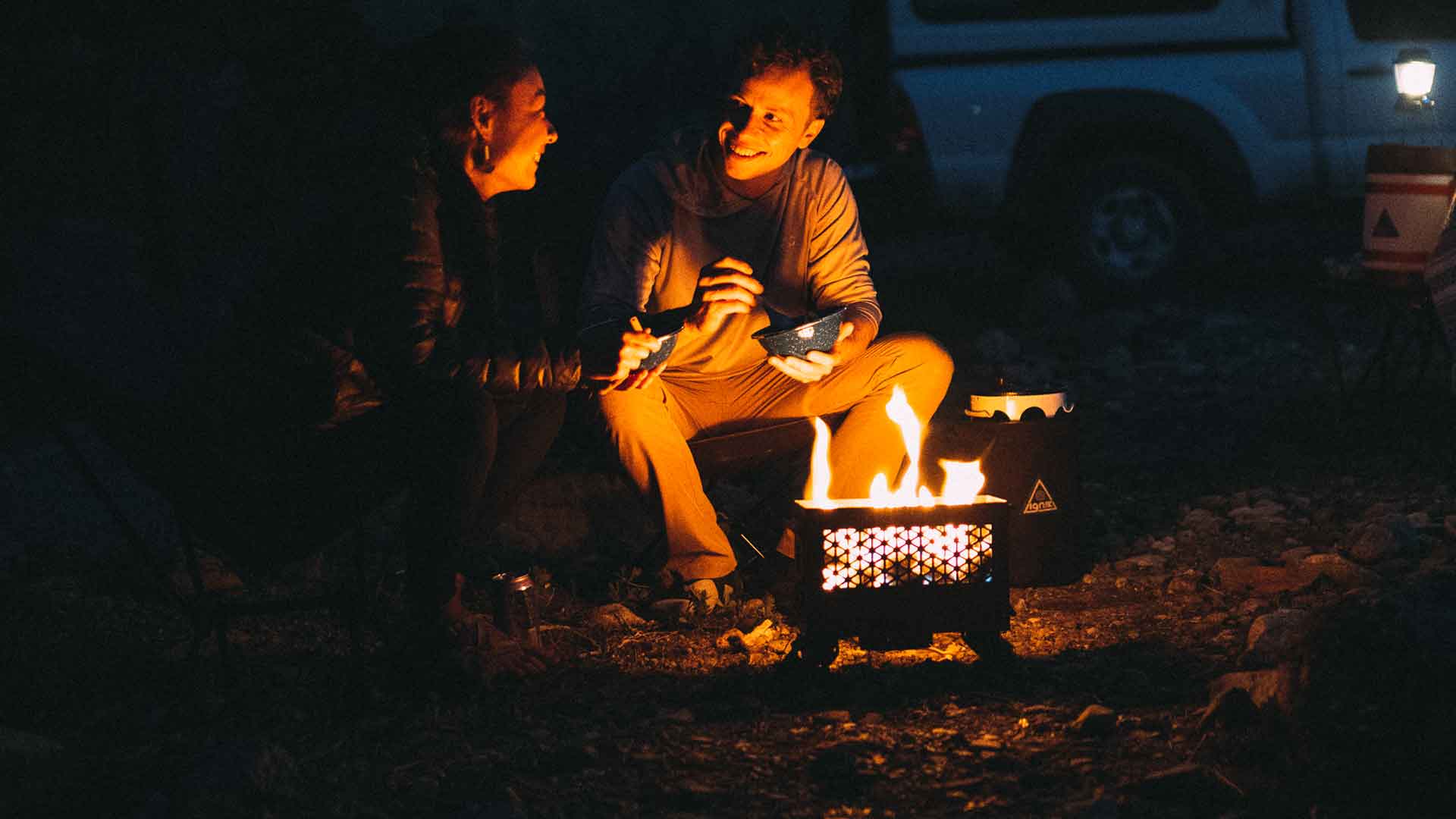
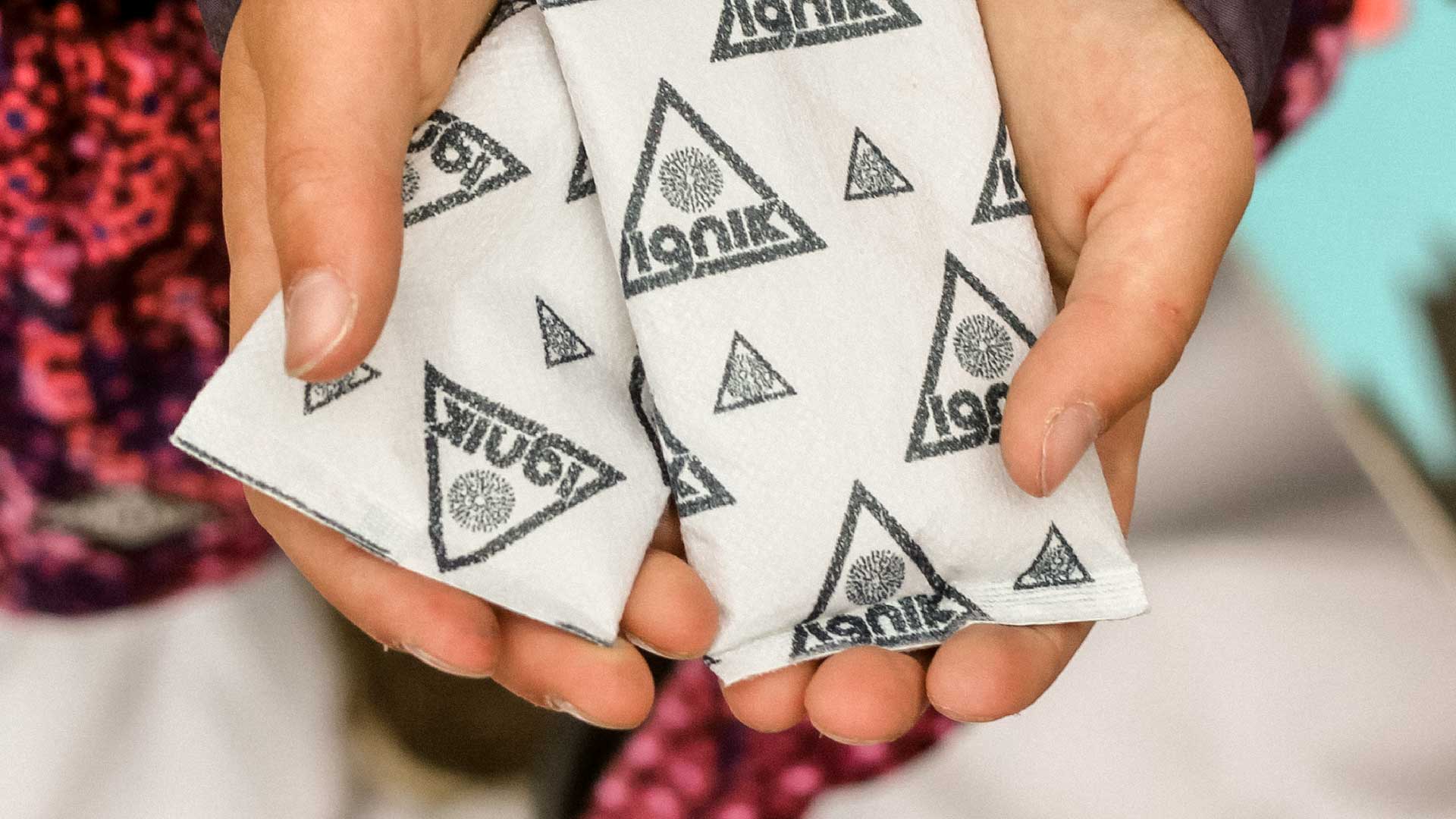

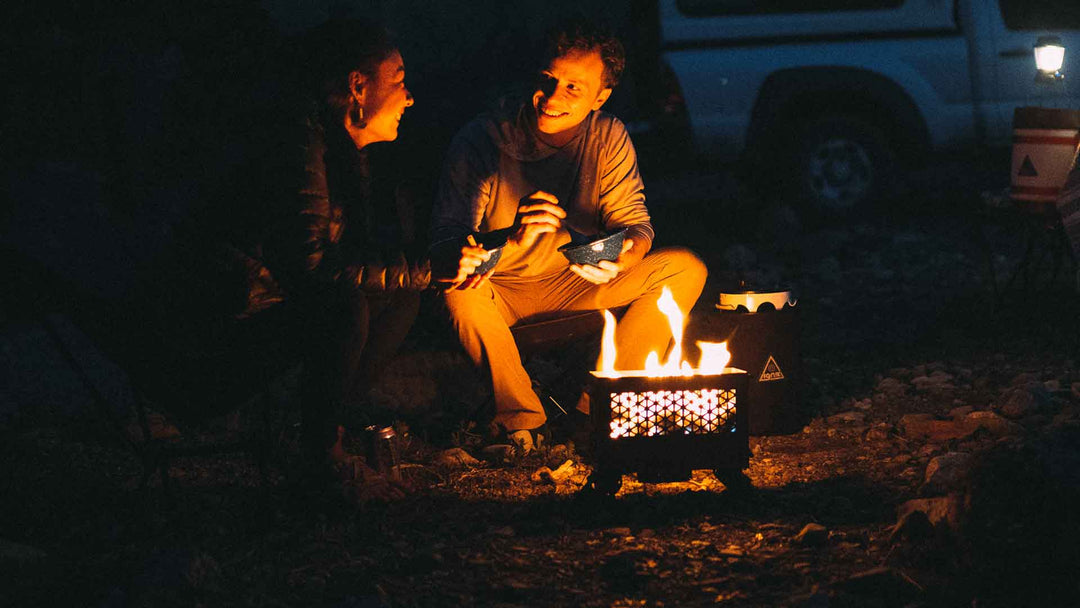
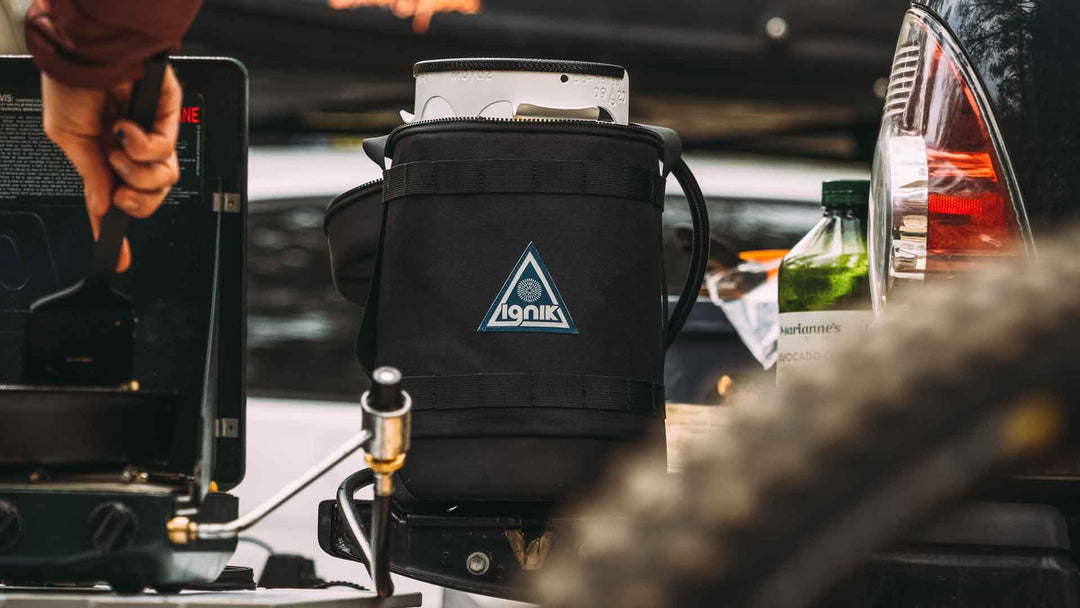
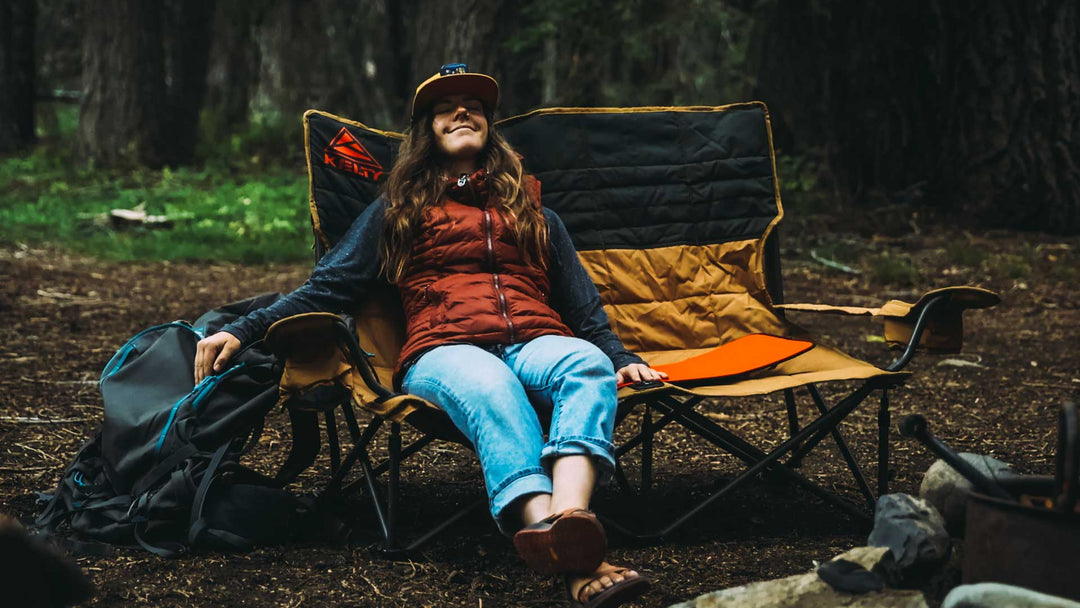
Leave a comment